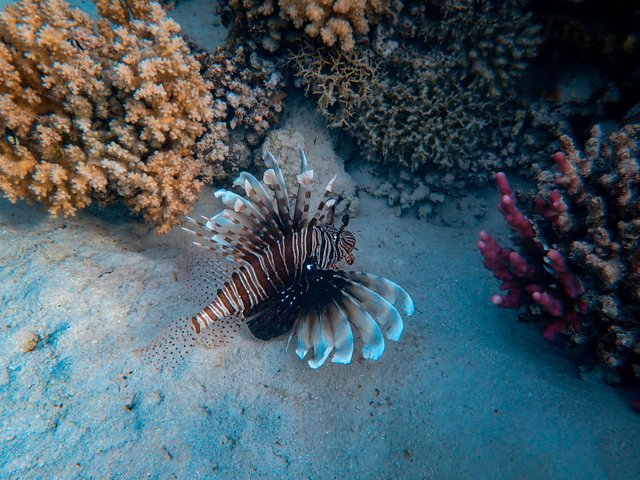The Essential Guide to Choosing the Right Fish Tank Sand

When it comes to creating a beautiful and thriving aquarium, the type of substrate you choose plays a crucial role. Fish tank sand is a popular choice among aquarium enthusiasts due to its aesthetic appeal, functionality, and ability to support a healthy aquatic ecosystem. In this guide, we will explore the key factors to consider when selecting the right fish tank sand for your aquarium setup, as well as delve into why aquarium sand sometimes turns black.
Consider the Grain Size:
The grain size of fish tank sand is an important factor to consider. Fine-grained sand provides a smooth and uniform appearance, making it suitable for delicate fish species that may prefer soft substrate. On the other hand, coarse-grained sand can be ideal for burrowing species, as it allows them to create tunnels and engage in natural behaviors. Consider the specific needs of your fish when selecting the grain size of your fish tank sand.
Assess the Color:
Fish tank sand comes in a variety of colors, ranging from natural shades like beige and brown to vibrant hues like red, black, or white. The color of the sand can significantly impact the overall aesthetic of your aquarium. Choose a color that complements the fish and plants in your tank, creating a visually pleasing and harmonious environment.
Evaluate the Composition:
Understanding the composition of fish tank sand is crucial for maintaining water quality and ensuring the well-being of your aquarium inhabitants. Avoid sand that contains harmful substances or chemicals that could leach into the water. Look for sand that is specifically designed for aquarium use and is free from contaminants. Inert sands, such as silica-based sands, are often a safe choice.
Consider the Fish and Plant Requirements:
Different fish species have varying preferences when it comes to substrate. Some fish, like cichlids, prefer sandy bottoms, while others, such as catfish, may require a coarser substrate for digging. Research the specific needs of your fish species to determine the most suitable type of sand. Additionally, if you plan to incorporate live plants into your [aquarium]+(https://en.wikipedia.org/wiki/Aquarium), choose sand that allows for proper root growth and nutrient circulation.
Assess Maintenance and Cleaning:
Maintenance and cleaning are essential aspects of aquarium ownership. Consider the ease of cleaning when choosing fish tank sand. Fine-grained sand can be more challenging to clean as debris may sink into it, requiring more frequent siphoning. Coarser sands, on the other hand, are easier to clean and maintain. Strike a balance between aesthetic appeal and practicality to make your cleaning routine more manageable.
Why Does Aquarium Sand Turn Black?
One common concern among aquarium owners is the occurrence of black discoloration on their fish tank sand. This phenomenon is often attributed to various factors:
Organic Waste: Uneaten food, fish waste, and decaying plant matter can accumulate in the sand bed over time, leading to the growth of anaerobic bacteria. These bacteria produce hydrogen sulfide, which causes the sand to turn black.
Algae Growth: Insufficient lighting, excessive nutrients, or imbalanced water parameters can contribute to algae growth on the sand surface. Black or green algae may form, giving the appearance of black sand.
Diatom Bloom: Diatoms are microscopic algae that can form brownish-black coatings on the sand. Diatom blooms are common in newly established aquariums but usually subside as the tank matures.
To prevent or address black sand discoloration, regular maintenance practices are key. Regularly vacuuming the sand bed during water changes helps remove organic waste and prevents the buildup of anaerobic bacteria. Optimizing lighting, water parameters, and nutrient levels can help control algae growth. Additionally, maintaining a balanced and well-established aquarium with a healthy biological filtration system can prevent diatom blooms.
Conclusion:
Choosing the right fish tank sand is a critical step in creating a healthy and visually appealing aquarium. By considering factors such as grain size, color, composition, fish and plant requirements, and ease of maintenance, you can select a substrate that not only enhances the beauty of your aquarium but also promotes the well-being of your aquatic inhabitants. Understanding why aquarium sand turns black and implementing appropriate maintenance practices will help ensure a clean and vibrant sand bed in your aquarium. Remember to research the specific needs of your fish species and consult with experts or fellow hobbyists for additional guidance. With the right fish tank sand, you can create a captivating underwater world that both you and your fish will enjoy for years to come.